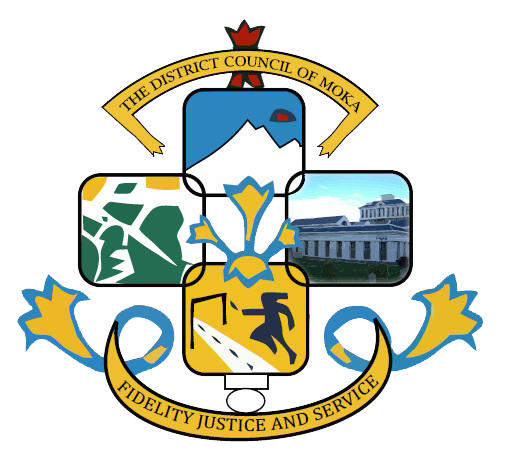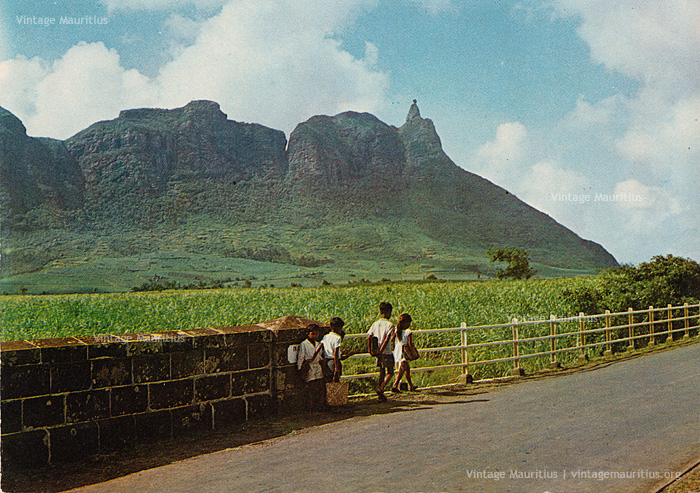A dozen villages surround the village of Moka, they are: Montagne Ory, Gentilly, Martindale, Telfair, Bocage, Reduit, Minissy, Camp Samy, Eureka, Bagatelle, Soreze and Helvetia.
It is said that most of these villages owe their names to the sugar estates or distinguished people who held important positions in the region.
In the 17th century, a ricefield could be found on the slopes of Montagne Ory. Martindale, a quiet little hamlet situated between Le Reduit and La Nationale, owes its name from Edmund Martindale, a magistrate, who owned a concession of land in that area.
Telfair is named in memory of Charles Telfair, a Royal Navy doctor, who was born in Belfast, Ireland in 1778, and who owned the estate of Bois Cheri in Moka from 1815 to 1833.
Bocage serves as a reminder that a diocesan seminary dedicated to Notre Dame de Bocage once stood there. Reduit reminds us of the manor that bears the name, which long served as the official residence of the island’s governors, and which is today refered to as “State House”.
Minissy derives its name from an old sugar estate dating back to the period of French occupation of the island. It was at Minissy that the first sugar estate in the District of Moka was built.
Camp Samy’s origins on the other hand, can be traced back to a more recent period. It owes its name to a notable figure in the area, Samy Varadarajaloo, who welcomed Mohandas Karamchand Gandhi, the future Mahatma, on his estate on November 1901.
Eureka, which is close to Montagne Ory, derives its name from a former estate which was owned by Eugene P. Leclezio (1832-1915). Bagatelle, like Minissy, owes its name to a former sugar estate of the French era. Helvetia, nestled between Moka and St.Pierre, serves as a reminder that a Swiss owned a sugar estate in the area. Switzerland is also called “Helvetia”.
The origin of Gentilly and Soreze on the other hand are unknown.

